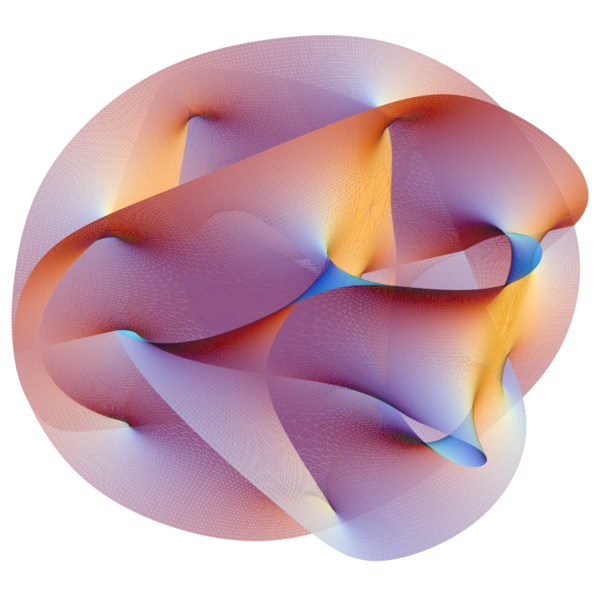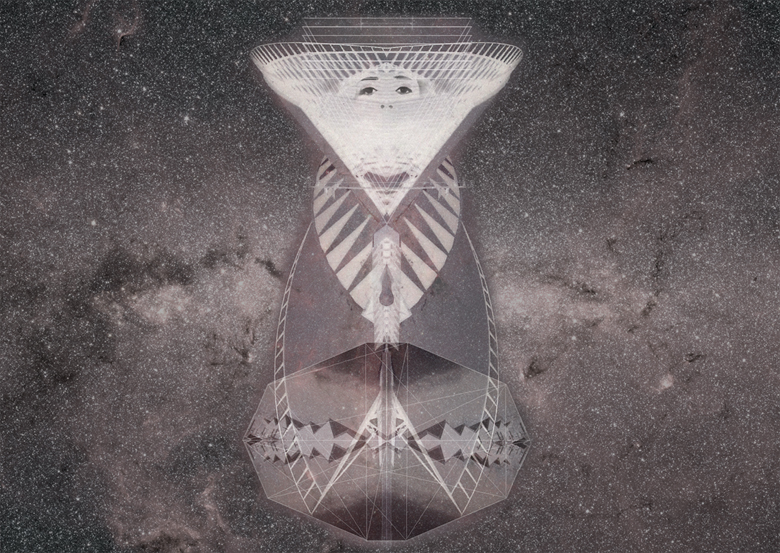
In the introductory chapter of A Thousand Plateaus the authors introduce a fundamental theory that may become an answer to the numerous questions modern science is facing on its increasingly difficult road to the advancement of our progress. It is what Deleuze calls an “image of thought”, based on the botanical rhizome, that apprehends multiplicities.
The concept of a rhizome is not easy to understand on its own, but its theoretical applications become much more evident when contrasted with a more linear concept of a “tree”. A tree develops in a sequential manner, has a point of origin and its vectors collide in multiple locations to form a junction that further gives birth to a new set of vectors. The idea of a split and duality is pertinent to the concept of a tree. On the other hand, the rhizome is a much more complex unity, that has no evident origin or end. The vectors of its development are multidirectional and show no sign of termination, but rather interweave in plateaus, another fundamental component of the rhizome theory. The rhizome is like a network of roots. If one segment of it was removed, the remaining part of the body would continue on growing in an unpredictable manner, always forming plateaus that relate within each other and to the other plateaus. Hence the plateaus of a rhizome are always in the middle of the network while being preceded and followed by other plateaus. In such tightly interweaved system no element works alone. The rhizome is an anti-genealogy that does not necessarily originate from a point but rather comes from something bigger.
According to Deleuze and Guattari, when one is trying to describe a concept, be it a fundamental theory or a simple logic, he is trying to map the idea, in the mean time blocking the rhizome. Mapping of the world and its components is a concept of duality; it is a process of tracing an original idea to recreate its mere copy. Simultaneously, building up a long-term logic one is using the “tree” approach, which the authors relate to the long-term memory rather than an infinitely short moment of “now”, which is directly correlated with an actualization of the short-term memory.
In this chapter Deleuze draws numerous examples of how the rhizome theory is not only a concept found in biology, but rather a complex system traces of which can be found anywhere from world politics, human DNA structure to quantum physics.
Astonishingly, Deleuze and Guattari managed to pinpoint the current traits of our societal development almost 40 years ago. Their vision of the rhizome predicts and explains the boom of the social networks. The fundamental mathematic function (n-1) when looked into with the bearing of a rhizomatic approach in mind, is a dimensionless unity that has no beginning and no end, yet is comprised of infinitesimally small particles of which 1 is a part of, if subtracted from the multiplicity. Intertwined with the number of directionless plateaus it forms a whole that is not a one or two, but rather a collection of multiplicities.
Deleuze and Guattari’s work has a potential to describe the String Theory of Quantum Physics. An endless dimensionless string, that forms plateaus and junctions of multidirectional vector developments, a future theory of everything.





